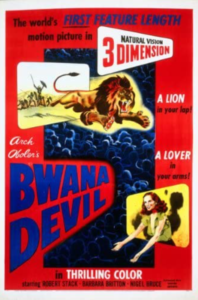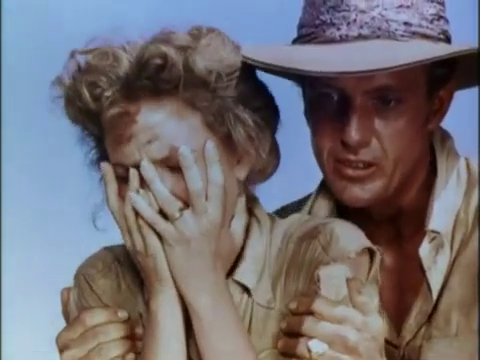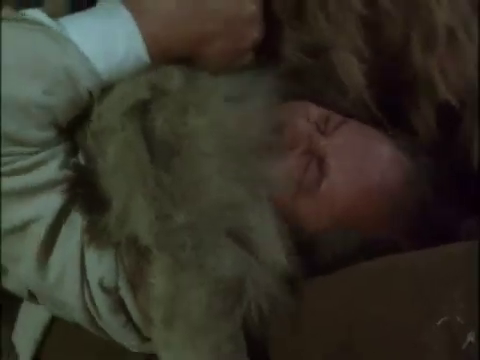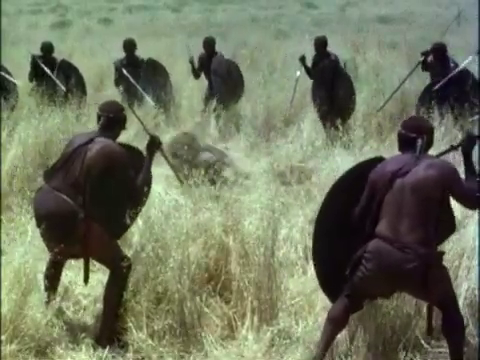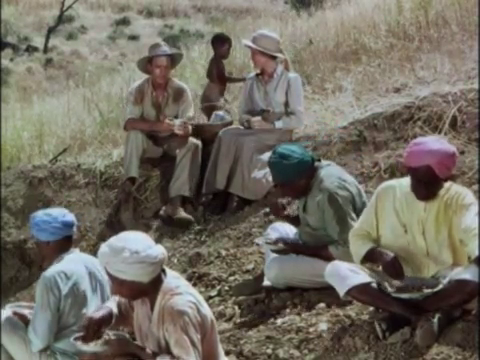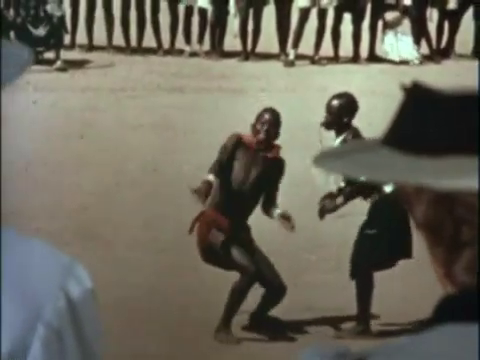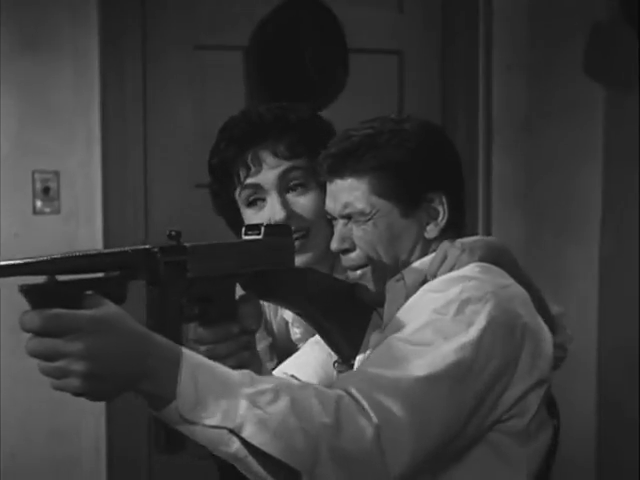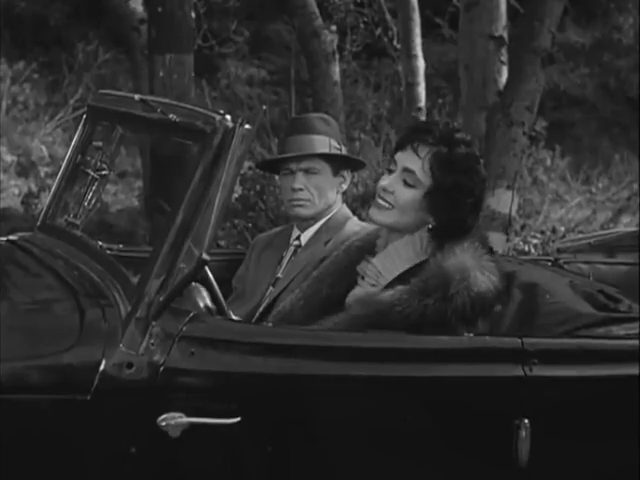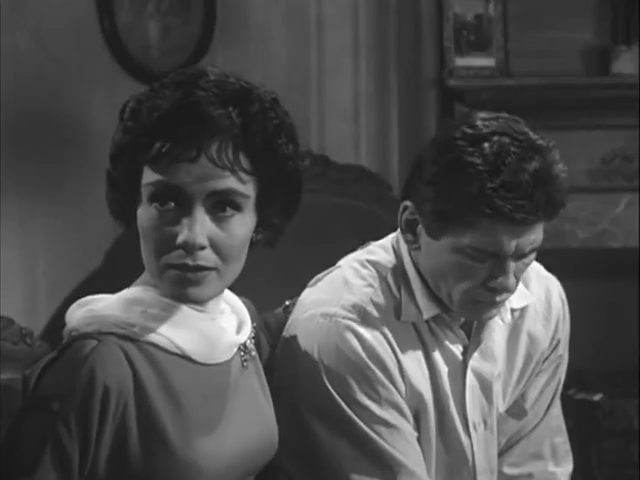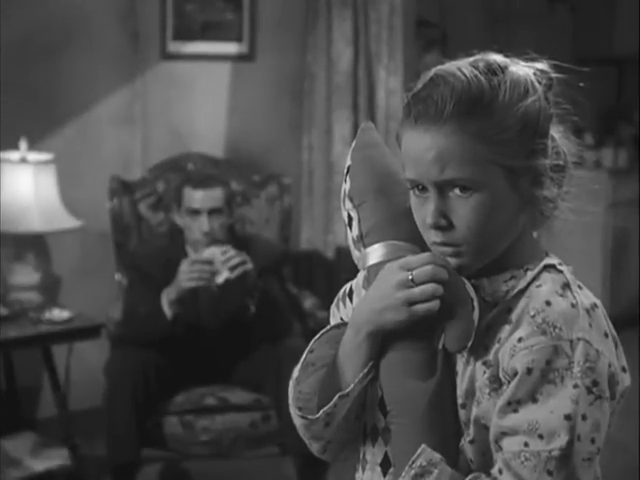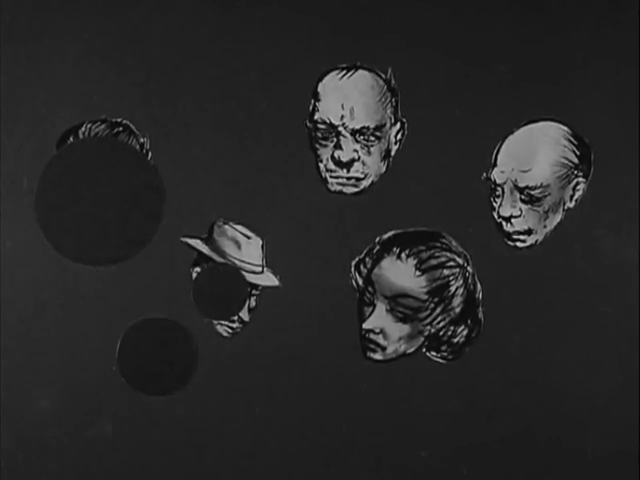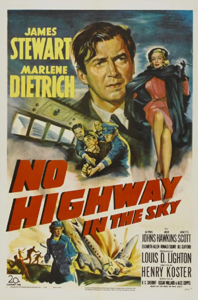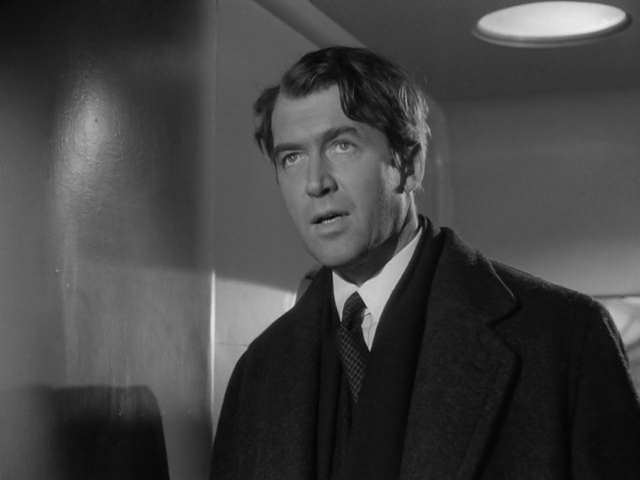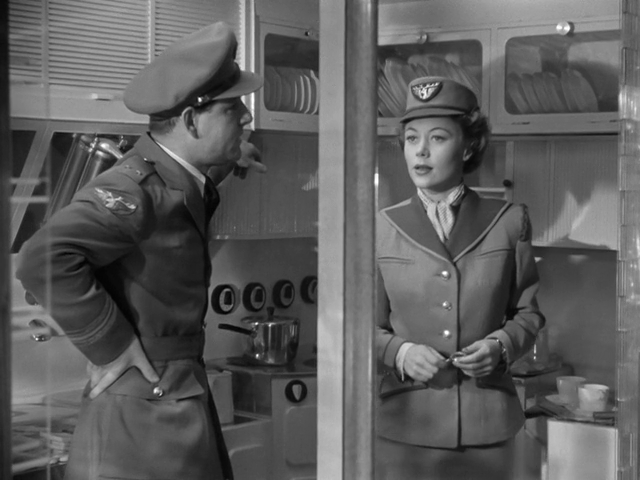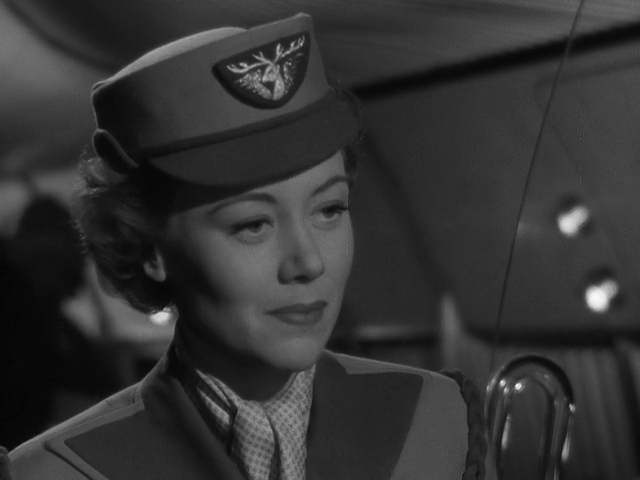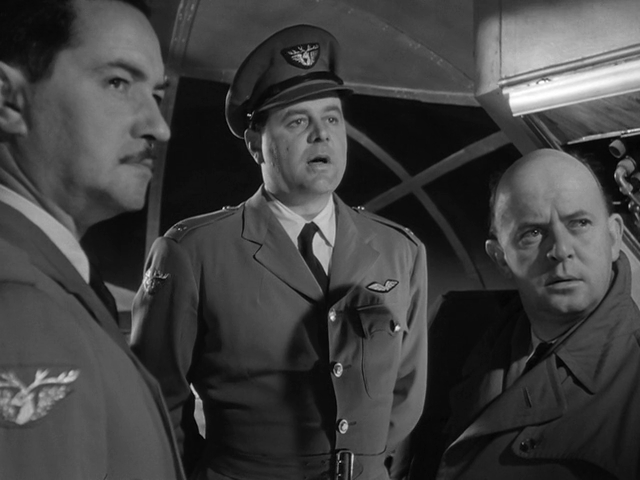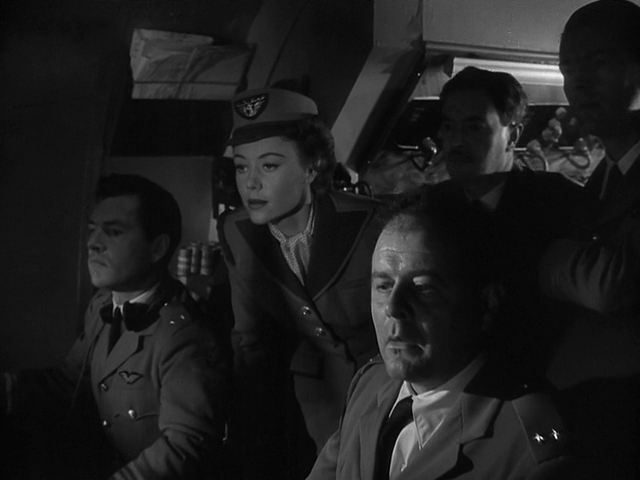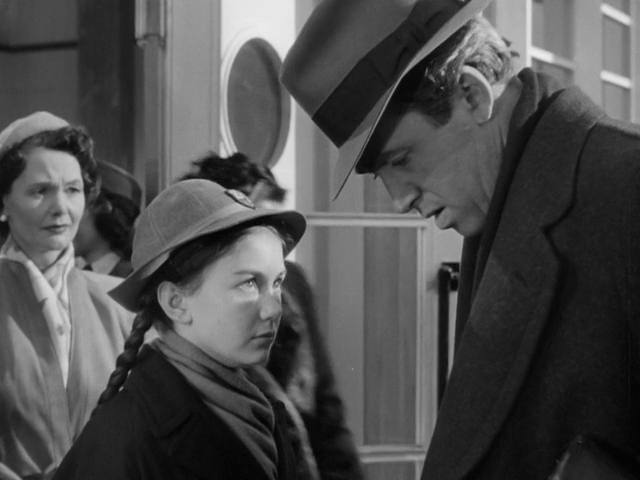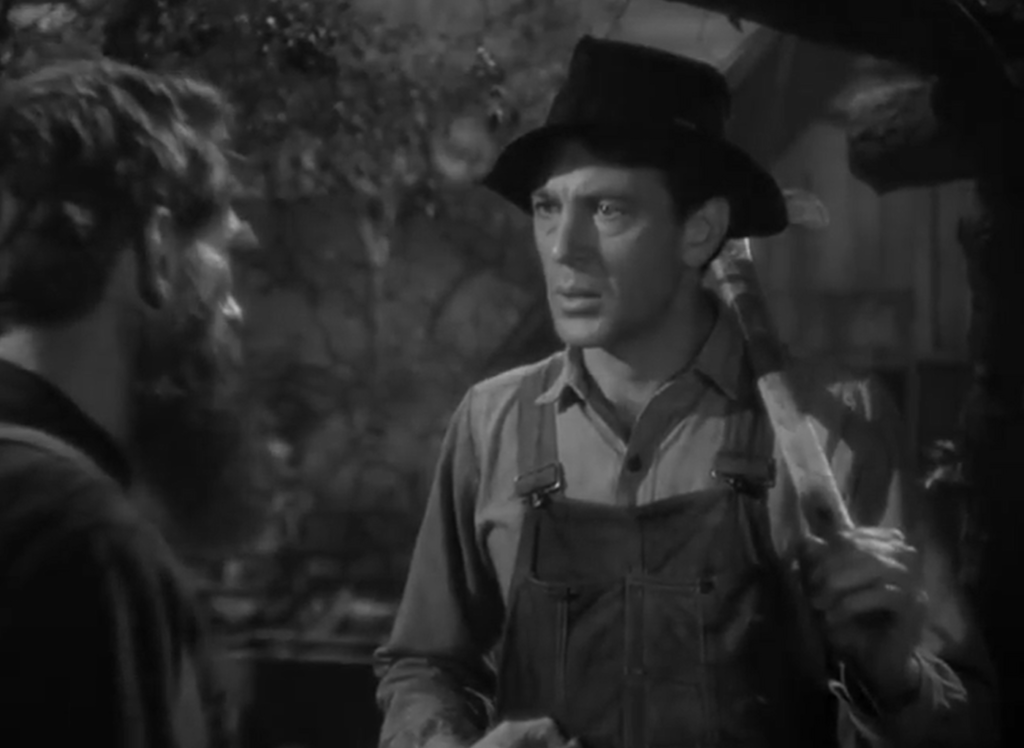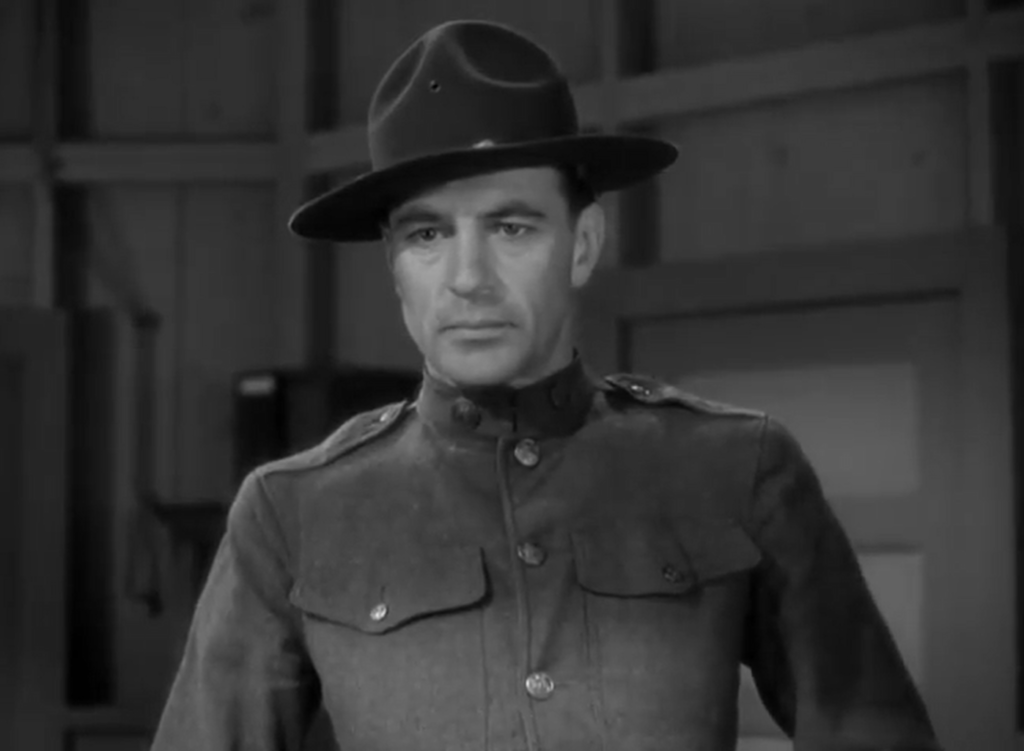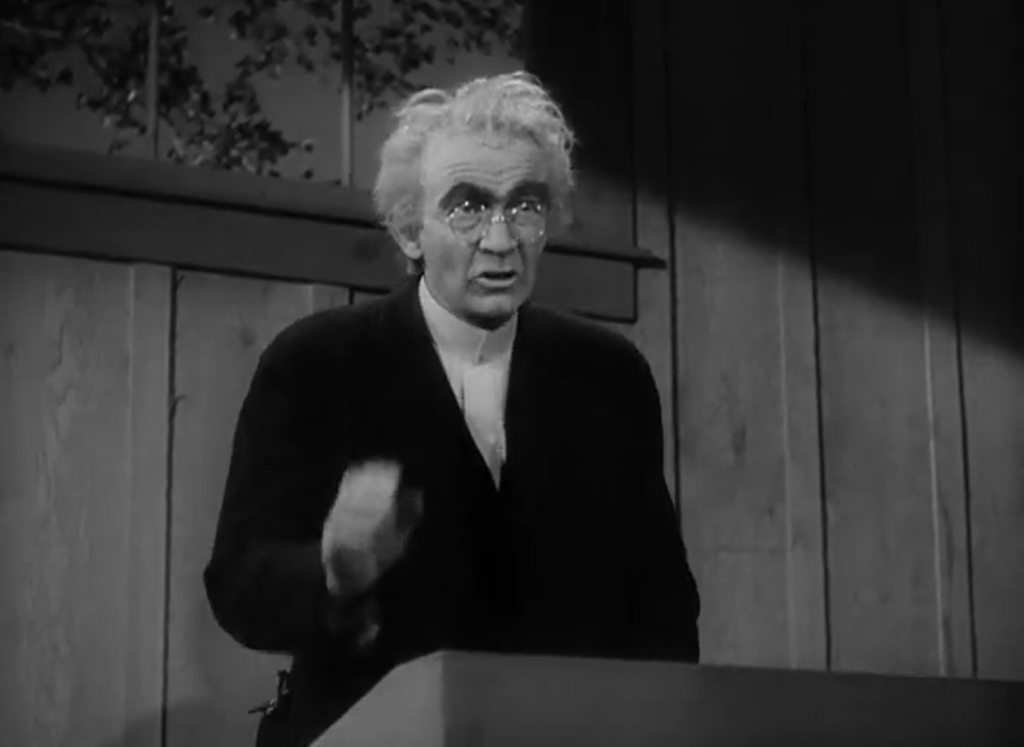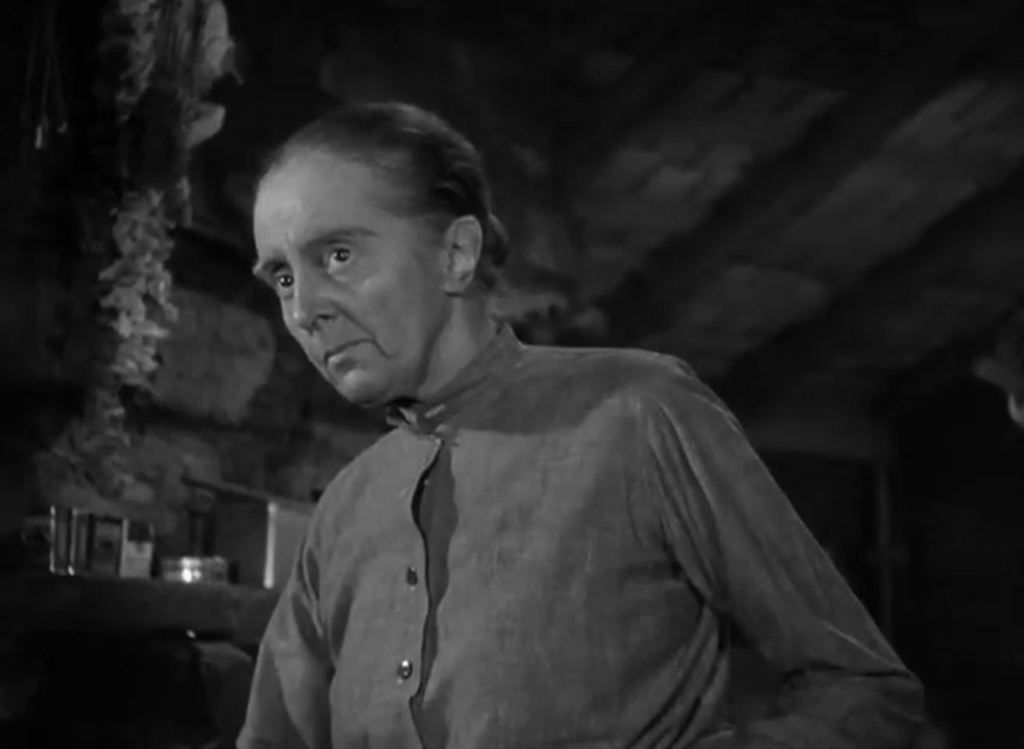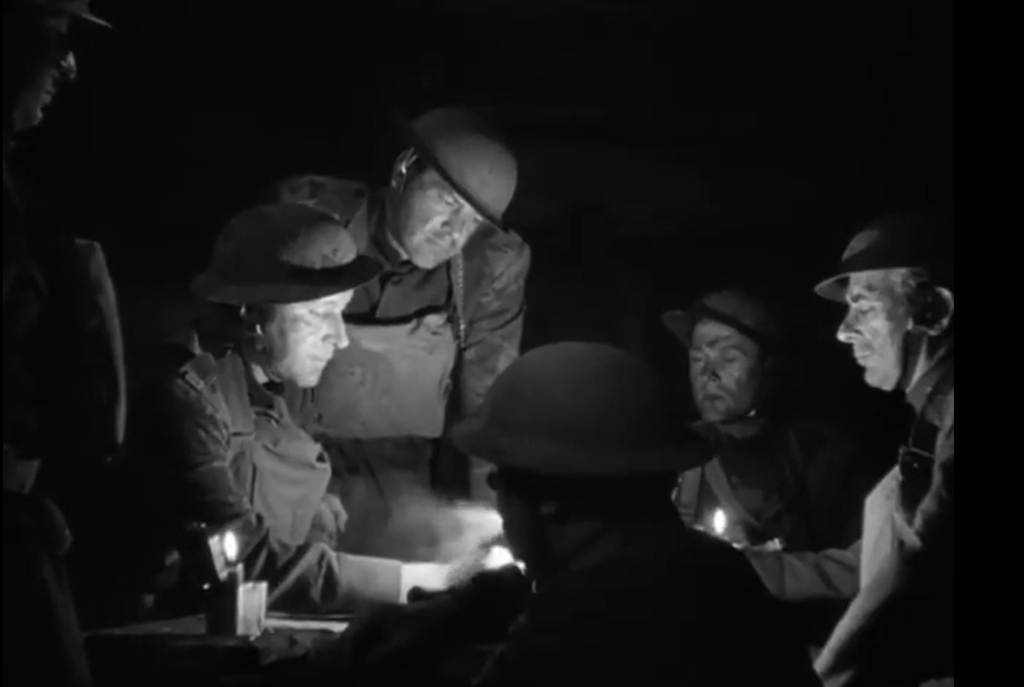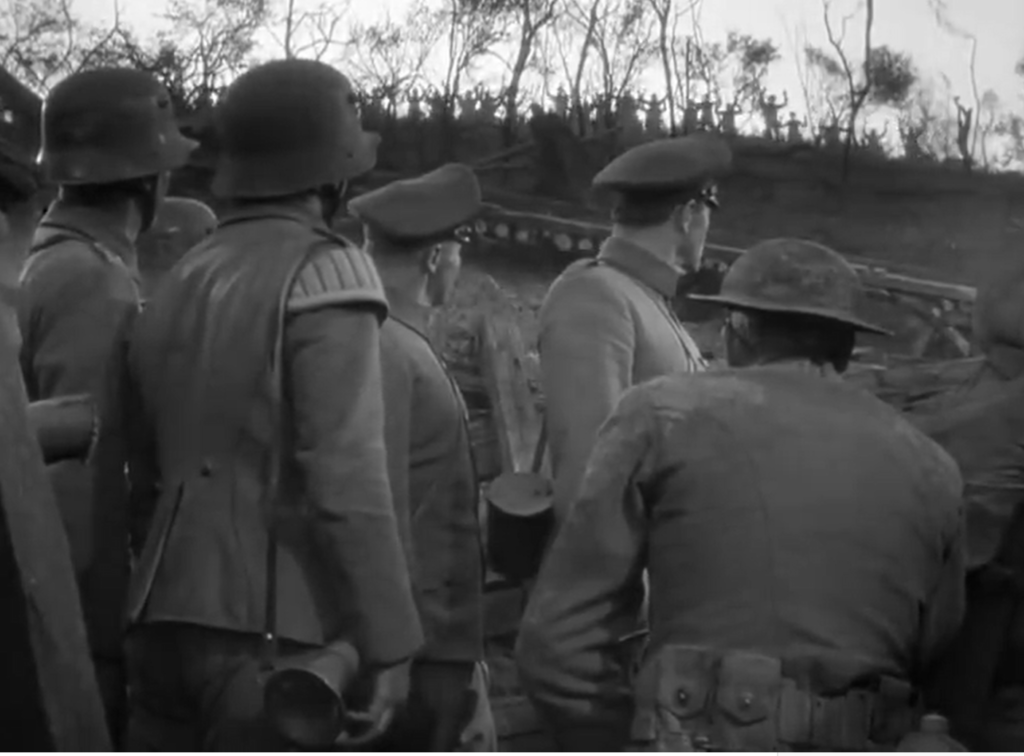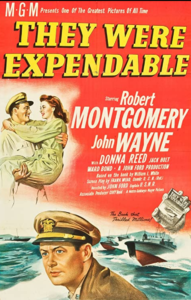|
Genres, Themes, Actors, and Directors:
- Cameron Mitchell Films
- Donna Reed Films
- John Ford Films
- John Wayne Films
- Robert Montgomery Films
- Ward Bond Films
- World War II
Review:
Based on a 1942 memoir by William Lindsay White, this John Ford picture is — as Peary writes in Alternate Oscars, where he names it Best Movie of the Year — a “unique World War II film” that represents Ford’s “affectionate, respectful tribute to his war buddy Lieutenant John Bulkeley (Buckley in the film), and the sailors who manned the PT boats in the Philippines, risking their lives to buy time for an eventual American counterattack.” I’ll admit to not knowing what a “PT boat” was before watching this film, and had to do a bit of research to understand the drama in opening scenes, as Montgomery tries to convince his superiors that a PT boat — a type of motor torpedo vessel that was “small, fast, and inexpensive to build, valued for its maneuverability and speed but hampered at the beginning of the war by ineffective torpedoes, limited armament, and comparatively fragile construction” — could be a significant force for good in the war effort, and do more than simply “patrolling and delivering messages”.
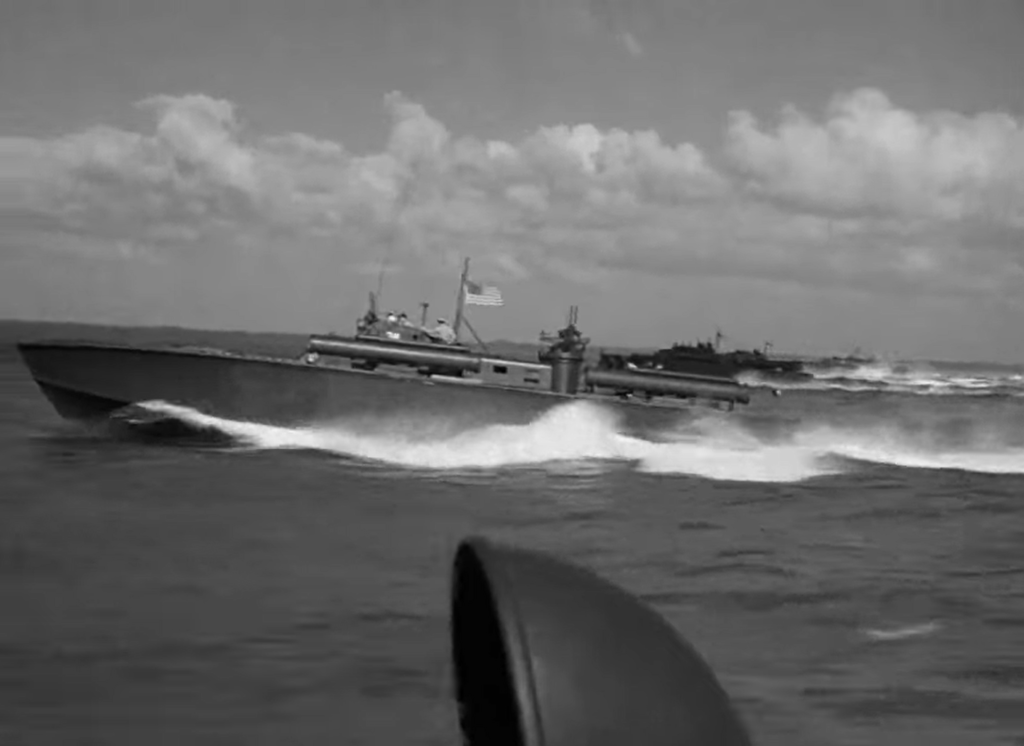
Sure enough, Montgomery is allowed to demonstrate the veracity of this claim — but not without significant losses and sacrifice.
Indeed, Peary points out that this film remains “one of the most sobering, somber (though there is humor and romance), and sincerely tender World War II films,” a “picture that moves forward on an even keel, without highs and lows, without climaxes, for though the PT squadron has several impressive victories in sea skirmishes, we are well aware that each win costs the lives of men and the damage to or loss of a boat, and that overall, Americans are losing the war in the Pacific.” This is far from a feel-good film, and the characters aren’t viewed as heroes — instead, “Ford presents them as professionals, wisely scared of battle but prepared to do their duty nevertheless, confident in their decisions (there are many strategy sessions in the film):

… and their skills as soldiers, but cognizant of the dangers involved, and willing to follow all orders even if it means taking on humbling assignments.” In addition, “there is tremendous camaraderie” and a “sense of community,” with the “older, veteran soldiers watch[ing] over the baby-faced recruits (a familiar Ford theme)”:
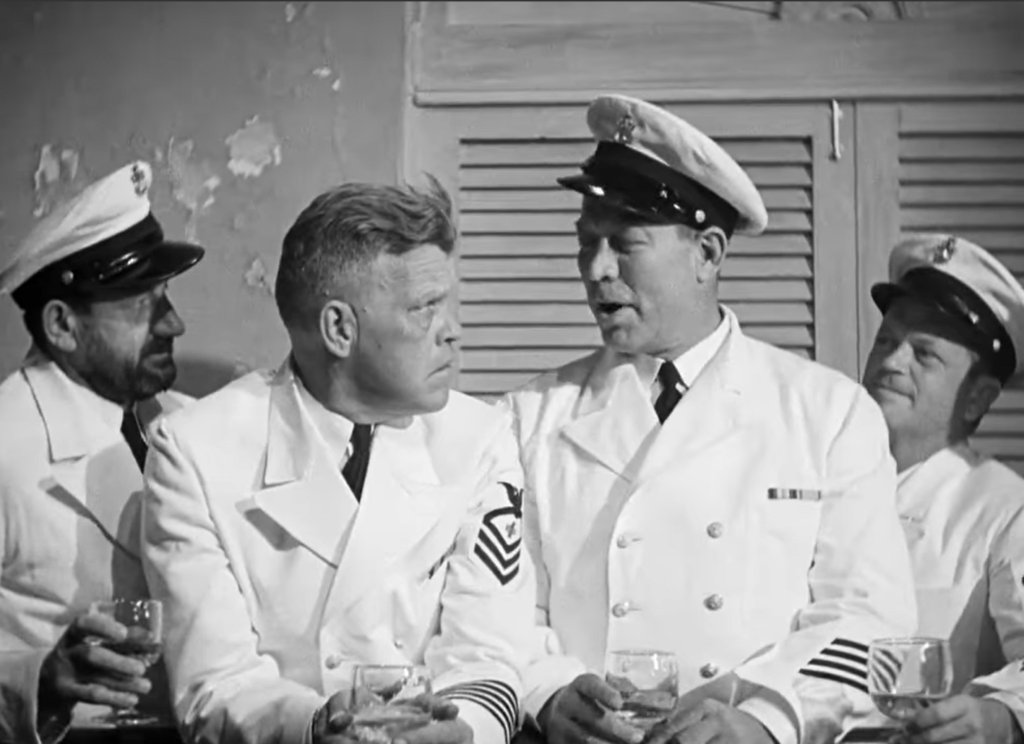
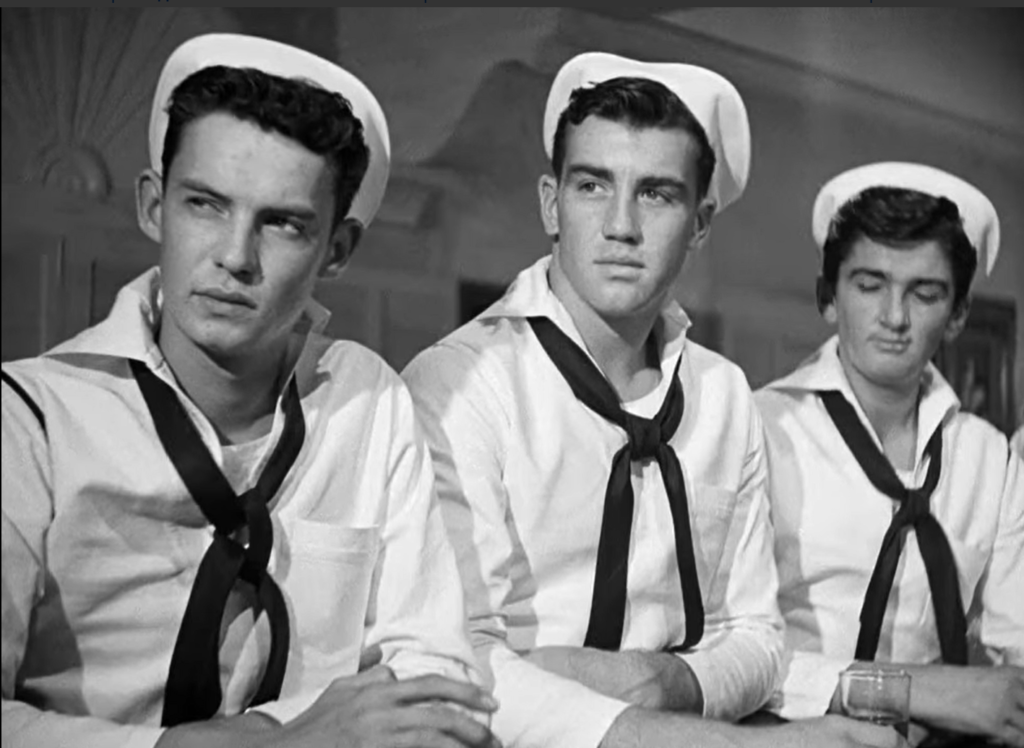
Montgomery — an actual PT commander at Guadalcanal and Normandy — was able to draw upon his real-life experiences to give “a truly wonderful, understated performance” (Peary nominates him as one of the Best Actors of the Year in his Alternate Oscars):
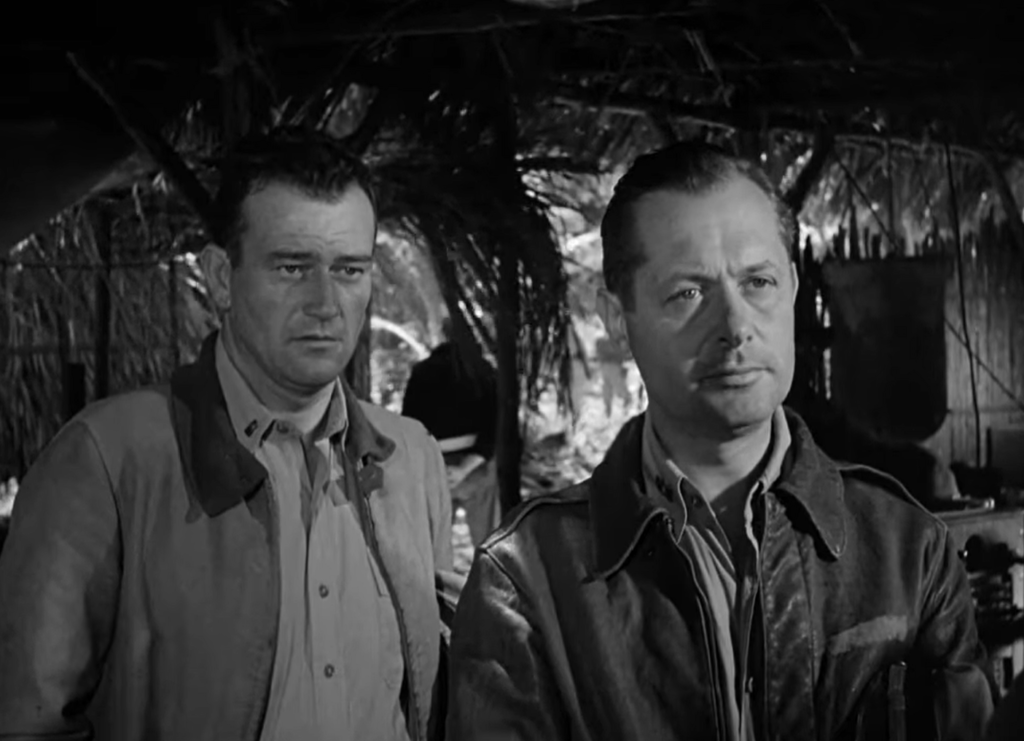
… with Wayne appropriately taking the back seat (but also quite good in his role). Finally, Peary notes that the “picture has great visual beauty (especially of night scenes, including sea battles):
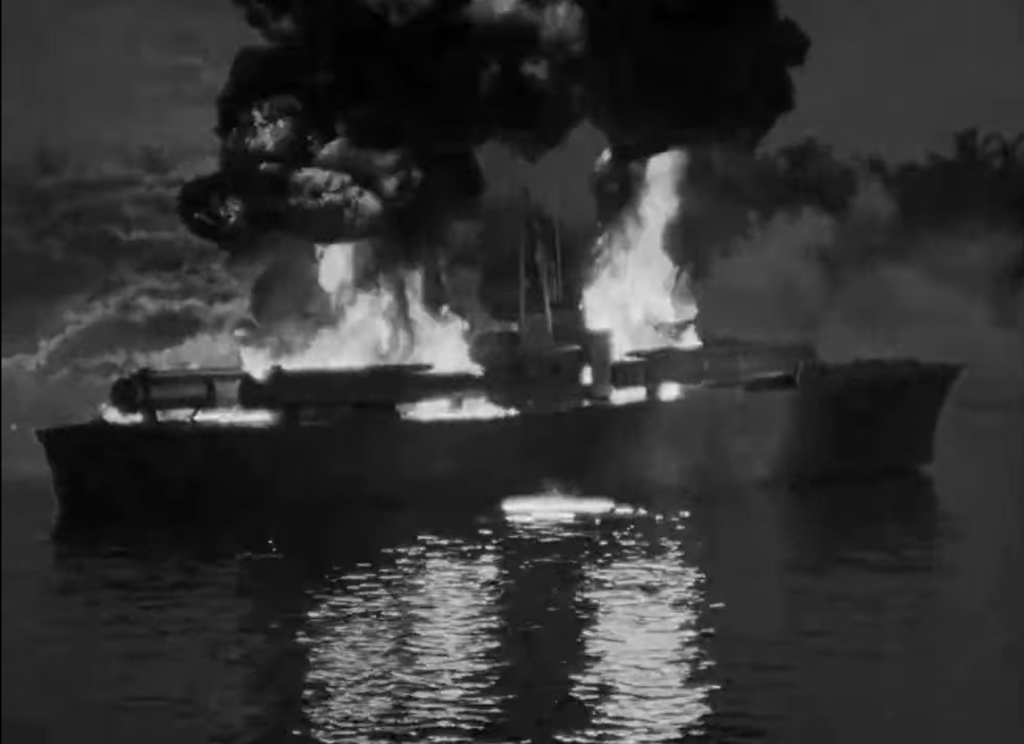
… propaganda value, and many poignant moments: the men talk with a brave, dying, soldier:
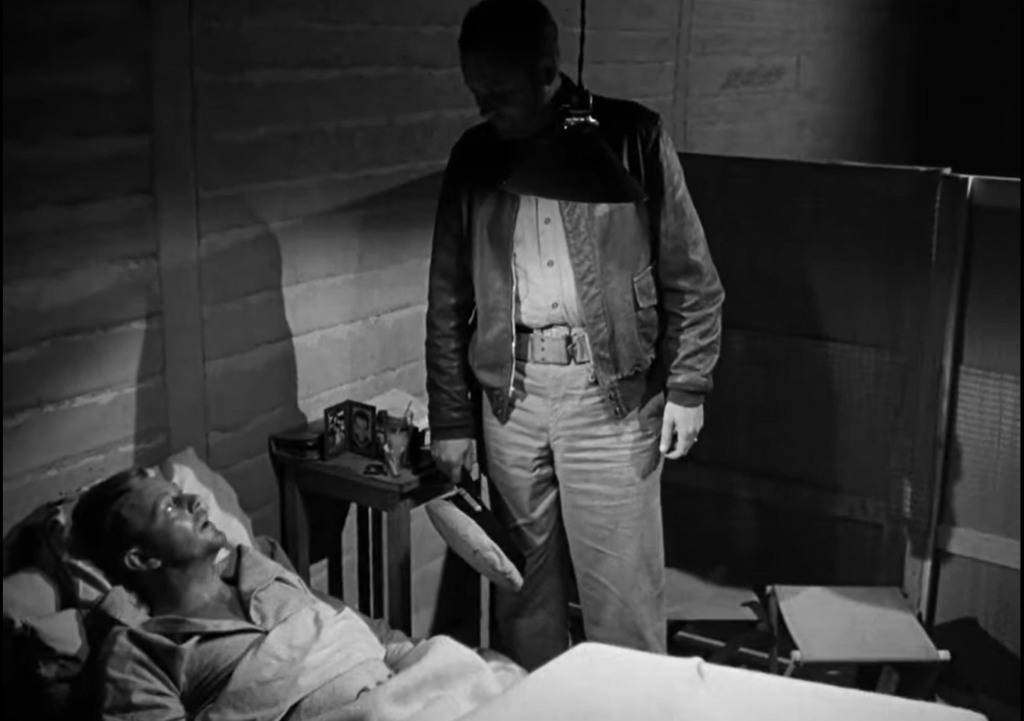
… Sandy (Donna Reed is breathtakingly beautiful) sits alone in a hammock at the dance, left out while Buckley and Rusty talk shop:
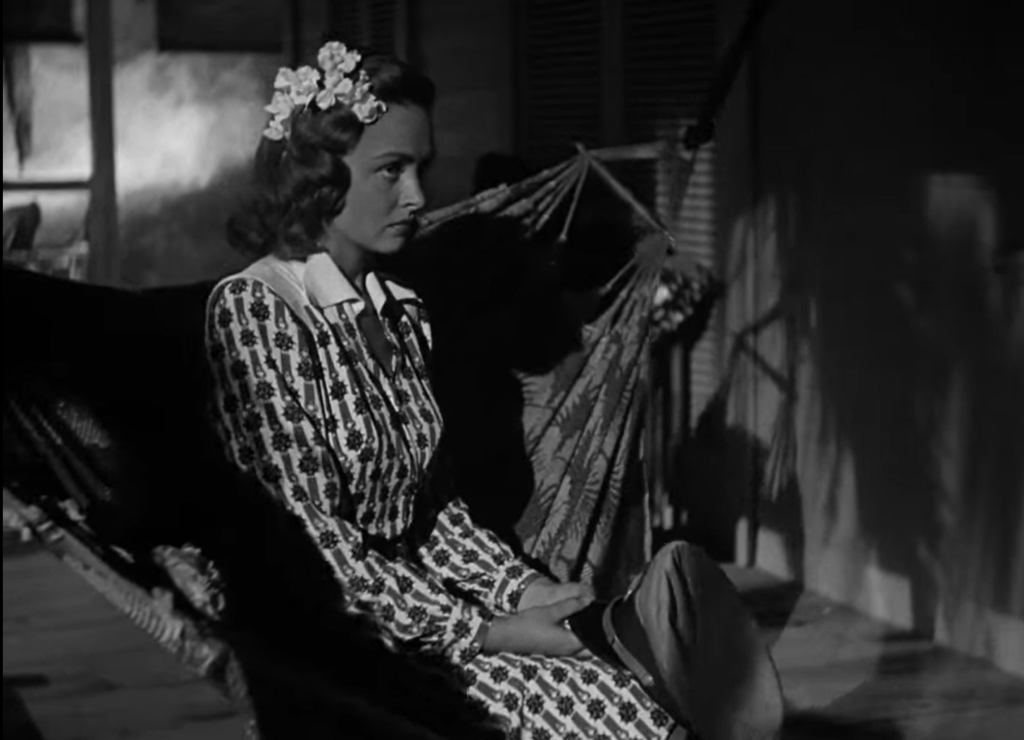
… [and] Sandy dines with Rusty, Buckley, and four other soldiers, giving the lonely men pleasure.”

This fine film remains a worthy addition to our cinematic understanding of how World War II played out for Americans on the front lines, and should be seen by all film fanatics.
Notable Performances, Qualities, and Moments:
- Robert Montgomery as Lt. Brickley
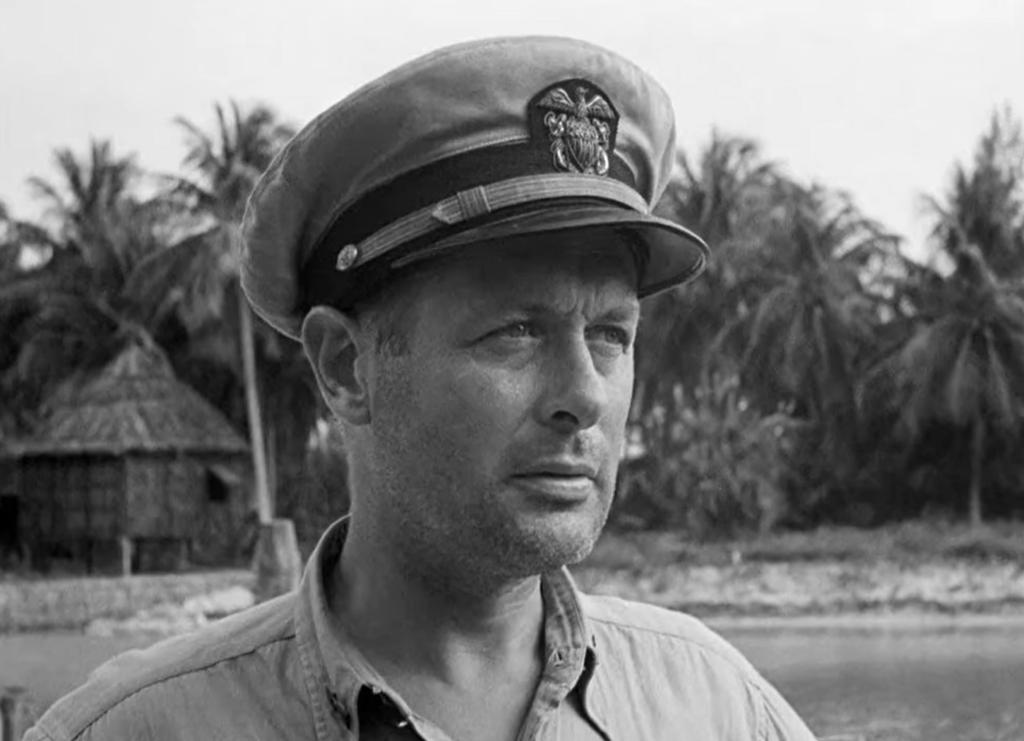
- Fine, understated performances by the supporting cast

- Joseph August’s cinematography


Must See?
Yes, as an effective film by a master director. Listed as a Sleeper and a Personal Recommendation in the back of Peary’s book.
Categories
- Historically Relevant
- Important Director
Links:
|
